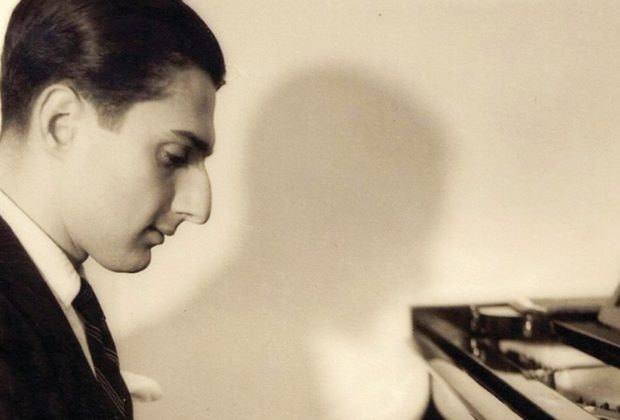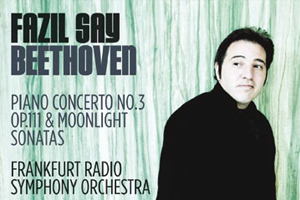
Dinu Lipatti centenary
The story of pianist and composer Dinu Lipatti has a special place in the inventory of Romanian cultural myths thanks to his works and in particular to his life. Considered a celebrity since his great debut in February 1933, when he was only 16, becoming an important pianist of post-war Europe. If he wouldn’t have died at only 33, would he have still been as popular among the generations to come? The music enthusiast` ecstatic episodes are, unfortunately, very often generated by the mischievous record companies. There are always non-artistic details that fascinate the public and turn an artist into a myth. Was this Lipatti`s case? Let`s see.
DInu Lipatti`s life seems to have been dominated by peace and good luck since the very beginning. He was born into a wealthy family who loved music – his father had studied violin with Carl Flesch in Bucharest and with Pablo de Sarasate in Paris – but he was suffering from an illness since his early years. He had kyphoscoliosis and he was unable to attend school because of this. He was home schooled by a teacher who helped him pass his exams at the end of the year. This disease stopped his growing and his height remained average. The educational scenario repeated itself later: private teachers would come to the Lipatti family exotic villa, located on Lascăr Catargiu street. His father convinced Mihail Jora to handle the eight year old child`s musical education and after three years the famous professor Florica Musicescu joined in. Using her rather unothodox methods, she made Lipatti a pianist who was ready to work until exhaustion for perfect result.
Lipatti had a pianistic affiliation before his collaboration with Mrs. Musicescu, but she demanded him not to be fooled because great music and genuine playing doesn`t rely on the romantic sensitivity of the time: before going on the scene everything must be analyzed, thought through, weighed and crafted to the most unperceivable details. Muzicescu is the one who taught him the secrets for discovering his own style playing the piano. There is a Lipatti sound, one that is clear, bright, wide (to hear the wideness of this sound we should listen one more time to the recordings of London 1947, in the huge Abbey Road Studios), and easy to identify the same way there is a Cortot, Backhaus, Friedman, Michelangeli or, closer to us, Radu Lupu sound.
The young man with a pale and serene face, a lively but shy look, was getting more and more concerts throughout Europe. In 1993 he had met Madeleine Cantacuzino, and fell irremediably in love with her despite the fact that she was married. In 1943 they ran in Switzerland and they were able to get married in 1949. In 1941, right in the middle of war, he left together with George Georgescu and the Philharmonics Orchestra in a tour throughout the countries occupied by Germans – up to Wien and Berlin -, and in 1942 he came back to play in the exact same cities.
In 1943 he was in Geneva, in a neutral country, thus escaping the madness of the war; just a few months later, his diseases broke out. He was 26 years old and had to cancel his concerts. He was appointed professor at the Geneva Conservatory, yet he only stayed 5 years there, up to 1949 when he had to give up because of the leukemia. He had prepared study material for the Conservatory`s virtuosity class and started to apply the things he had learnt in Bucharest and Paris.
Read full article in The Art of Living no 17 DOWNLOAD








